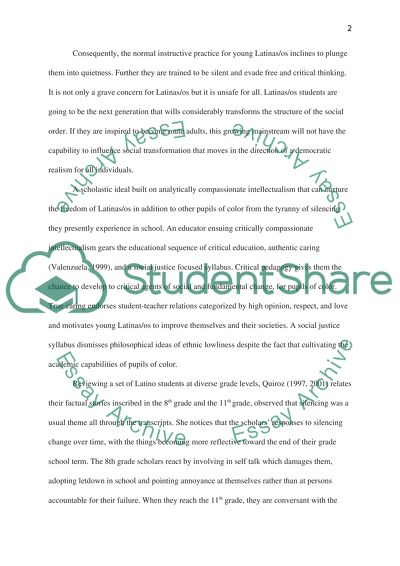Cite this document
(“Latina/o students and Education Research Paper Example | Topics and Well Written Essays - 3250 words”, n.d.)
Retrieved from https://studentshare.org/education/1398814-latino-a-education
Retrieved from https://studentshare.org/education/1398814-latino-a-education
(Latina/O Students and Education Research Paper Example | Topics and Well Written Essays - 3250 Words)
https://studentshare.org/education/1398814-latino-a-education.
https://studentshare.org/education/1398814-latino-a-education.
“Latina/O Students and Education Research Paper Example | Topics and Well Written Essays - 3250 Words”, n.d. https://studentshare.org/education/1398814-latino-a-education.


